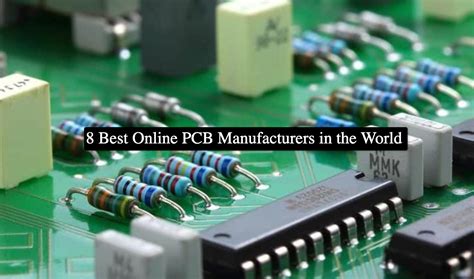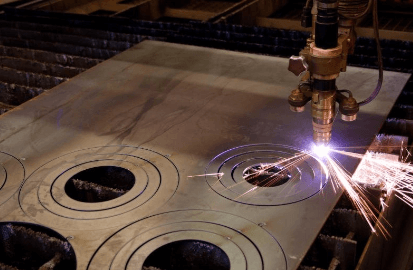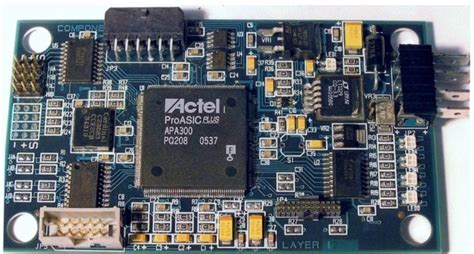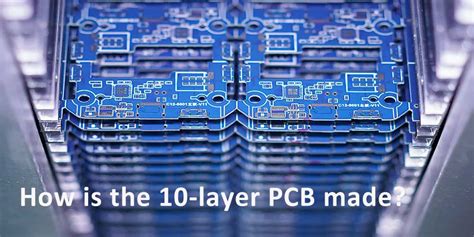Global Leaders in PCB Manufacturing Excellence

Key Takeaways
When evaluating PCB manufacturing partners, you’ll notice industry leaders prioritize precision, scalability, and adherence to PCB quality standards 2023. The best PCB manufacturing companies integrate cutting-edge technologies like HDI (High-Density Interconnect) and flexible circuit designs, ensuring compatibility with next-gen electronics. However, PCB manufacturing cost remains a critical factor—top-tier providers optimize material usage and production workflows to balance affordability with performance.
Your choice of a PCB manufacturing business should align with your project’s technical demands and volume requirements. For instance, global leaders excel in rapid prototyping for startups while maintaining high-volume capacity for enterprise clients. Emerging trends, such as AI-driven quality control and eco-friendly materials, further distinguish innovators in this space. By focusing on traceability and supply chain transparency, top manufacturers mitigate risks and deliver reliable PCB solutions that meet evolving market needs.
Remember: the right partner doesn’t just deliver boards—they become an extension of your engineering team, offering tailored support from design validation to post-production testing. This collaborative approach ensures your products stay ahead in a competitive, fast-paced industry.
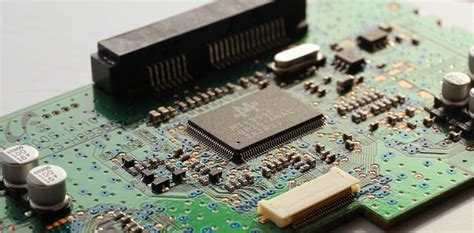
Top PCB Manufacturers 2023
When evaluating PCB manufacturing companies in 2023, you’ll find leaders distinguish themselves through precision engineering, scalability, and adherence to PCB quality standards. Companies like TTM Technologies, Jabil Circuit, and Shenzhen Fastprint dominate the market by integrating cutting-edge PCB technology such as HDI (High-Density Interconnect) and flexible substrates. These innovations address rising demands for miniaturization in consumer electronics and high-reliability applications in aerospace.
A critical factor in choosing a PCB manufacturing partner is balancing PCB manufacturing cost with performance. Top-tier suppliers optimize production through automated workflows and material recycling programs, reducing waste while maintaining ISO 9001 and IPC Class 3 certifications. For instance, advanced thermal management solutions now enable thinner boards without compromising durability—a game-changer for wearable tech and IoT devices.
The PCB manufacturing business also thrives on customization. Whether you need rigid, flex, or rigid-flex boards, leading manufacturers offer tailored solutions for prototyping and mass production. Sustainability initiatives, like halogen-free laminates and lead-free finishes, further align with global environmental regulations, ensuring your projects meet both technical and ethical benchmarks. By prioritizing collaboration and transparency, these industry frontrunners empower businesses to navigate complex supply chains while accelerating time-to-market.
Global PCB Electronics Leaders
When evaluating PCB manufacturing capabilities worldwide, you’ll find that top-tier PCB manufacturing companies dominate markets by balancing pcb manufacturing cost efficiency with uncompromised quality. These industry leaders—often headquartered in Asia, North America, and Europe—leverage advanced automation and vertically integrated supply chains to deliver high-volume production while maintaining precision. For instance, companies specializing in multilayer or HDI boards excel in minimizing material waste, directly influencing pcb manufacturing business profitability.
Tip: Always verify a manufacturer’s certifications (e.g., ISO 9001, IPC-A-600) to ensure compliance with global quality benchmarks—this safeguards your projects from costly redesigns or delays.
Regional expertise also plays a role: Taiwanese firms lead in miniaturization for consumer electronics, while German manufacturers prioritize sustainability in material sourcing. Meanwhile, North American providers focus on rapid prototyping for aerospace and defense sectors. By aligning your needs with a manufacturer’s specialization, you optimize both pcb manufacturing timelines and budget allocation.
Transitioning between regions? Consider logistics and tariffs—these can subtly inflate pcb manufacturing cost if not factored early. Leading companies often offer end-to-end solutions, integrating design support and testing to mitigate risks. Whether scaling a startup or refining an enterprise supply chain, partnering with certified global leaders ensures your electronics meet 2023’s rigorous performance demands.
Cutting-Edge PCB Technology
When selecting PCB manufacturing companies, understanding the role of advanced technology is critical. Modern PCB manufacturing leverages innovations like high-density interconnect (HDI) designs, flexible substrates, and automated optical inspection (AOI) systems to deliver precision at scale. These technologies not only reduce PCB manufacturing cost by minimizing material waste but also enhance reliability—a key factor for industries like aerospace and medical devices.
Leading manufacturers now integrate AI-driven quality control to detect micron-level defects, ensuring compliance with PCB quality standards 2023. For instance, laser-direct imaging (LDI) accelerates prototyping, allowing businesses to adapt faster to market demands. Below is a comparison of traditional vs. cutting-edge techniques:
| Technology | Traditional Approach | Modern Innovation |
|---|---|---|
| Circuit Imaging | Photomasks | Laser-Direct Imaging (LDI) |
| Material Use | Standard FR-4 | High-Frequency Laminates |
| Inspection | Manual Sampling | AI-Powered AOI Systems |
Adopting these advancements helps PCB manufacturing businesses stay competitive, particularly as miniaturization and IoT integration redefine product requirements. Whether you’re optimizing PCB manufacturing cost or prioritizing durability, aligning with tech-forward providers ensures your projects meet both current and future demands.
Precision in PCB Manufacturing
When selecting a PCB manufacturing partner, precision isn’t just a buzzword—it’s the backbone of reliable electronics. Leading PCB manufacturing companies leverage advanced processes like automated optical inspection (AOI) and laser direct imaging (LDI) to achieve micron-level accuracy, ensuring circuits meet exact design specifications. This meticulous approach directly impacts PCB manufacturing cost, as higher precision reduces material waste and rework, translating to long-term savings for your projects.
Modern PCB manufacturing business models prioritize tight tolerances—think ±0.002” for trace widths or hole placements—to support high-density interconnect (HDI) designs common in aerospace and medical devices. You’ll find top-tier manufacturers investing in AI-driven quality control systems that detect defects invisible to the human eye, a critical step for industries where failure isn’t an option.
Balancing precision with scalability remains key. While tighter tolerances might increase initial PCB manufacturing cost, they enhance product longevity and performance, factors that ultimately define your brand’s reputation. Whether you’re prototyping or scaling production, understanding how manufacturers maintain precision across batches ensures you’re partnering with innovators who align with your technical and commercial goals.
Reliable PCB Industry Leaders
When evaluating PCB manufacturing partners, you need suppliers that consistently deliver precision-engineered solutions while maintaining operational transparency. Leading PCB manufacturing companies distinguish themselves through vertically integrated facilities, combining automated production lines with rigorous testing protocols. These industry frontrunners optimize PCB manufacturing cost structures without compromising on material integrity—leveraging economies of scale to offer competitive pricing for high-volume orders while retaining flexibility for low-volume prototyping.
A hallmark of dependable PCB manufacturing business operations is their adherence to global compliance frameworks, such as ISO 9001 and IPC Class 3 standards. This becomes particularly evident in sectors like aerospace or medical devices, where traceability and defect-free outputs are non-negotiable. More importantly, top-tier manufacturers invest in closed-loop feedback systems, allowing you to monitor production milestones in real time and adjust specifications dynamically.
Beyond technical prowess, reliability extends to supply chain resilience. Leading firms mitigate risks through dual-sourcing strategies for critical materials and maintain disaster recovery protocols to ensure uninterrupted service—a vital consideration as geopolitical and logistical uncertainties reshape the PCB manufacturing landscape. By aligning with partners that prioritize lifecycle durability and ethical practices, you future-proof your electronics projects against evolving industry demands.
PCB Quality Standards 2023
When evaluating PCB manufacturing companies, understanding current quality benchmarks is critical. In 2023, adherence to IPC-A-600 and IPC-6012 remains foundational, ensuring mechanical, electrical, and environmental reliability. These standards dictate everything from copper thickness tolerances to solderability, directly impacting PCB manufacturing cost and long-term performance.
Leading manufacturers now integrate AI-driven inspection systems to detect micron-level defects, reducing human error while maintaining competitive PCB manufacturing timelines. You’ll find that companies prioritizing ISO 9001 and IATF 16949 certifications often deliver higher consistency—key for industries like automotive or aerospace where failure isn’t an option.
Material selection also plays a pivotal role. High-frequency laminates or halogen-free substrates might raise initial PCB manufacturing business expenses but minimize risks of signal loss or thermal degradation. For cost-sensitive projects, balancing quality with affordability requires comparing suppliers’ testing protocols—such as automated optical inspection (AOI) or X-ray verification—against your project’s tolerances.
Ultimately, 2023’s standards emphasize transparency. Reputable firms provide detailed traceability reports, ensuring every layer meets RoHS and REACH compliance. By aligning with these evolving benchmarks, you safeguard both performance and scalability in your electronics ventures.
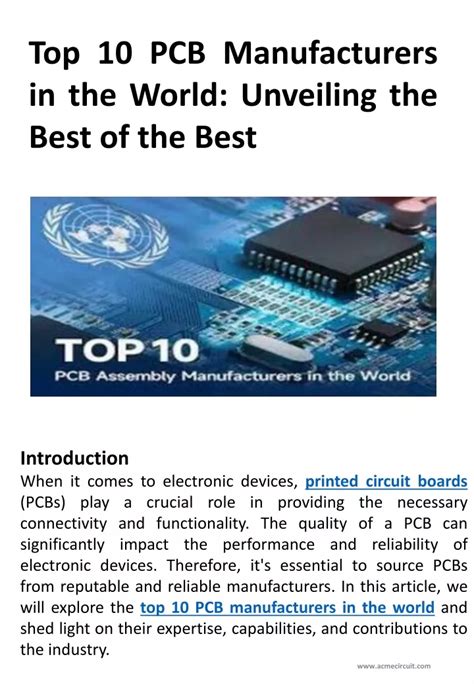
Innovative PCB Solutions Worldwide
When exploring PCB manufacturing advancements, you’ll find leading PCB manufacturing companies are redefining possibilities through tailored solutions. By integrating AI-driven design tools and automated assembly lines, these innovators address complex challenges—from minimizing PCB manufacturing cost to enhancing multi-layer board reliability. For instance, high-density interconnect (HDI) substrates now support compact wearable tech, while flexible PCBs enable bendable medical devices, showcasing how adaptability meets precision.
Meanwhile, the PCB manufacturing business increasingly prioritizes sustainability, with firms adopting lead-free soldering and recyclable materials to reduce environmental impact. This shift not only aligns with global regulations but also appeals to eco-conscious clients seeking end-to-end green solutions. You’ll notice partnerships between manufacturers and IoT developers accelerating smart factory integrations, where real-time quality monitoring slashes defect rates by up to 30%.
To stay competitive, balancing PCB manufacturing cost with performance remains critical. Advanced prototyping services and on-demand production models let you test designs faster while scaling efficiently. Whether you’re sourcing high-volume automotive boards or niche aerospace components, the emphasis on cross-industry collaboration ensures solutions evolve alongside emerging needs—keeping your projects at the forefront of innovation.
Emerging PCB Market Trends
As you navigate the evolving landscape of PCB manufacturing, staying ahead requires understanding how market dynamics are reshaping priorities. A key trend is the growing emphasis on sustainability, with leading PCB manufacturing companies investing in eco-friendly processes to reduce waste and energy consumption. This shift isn’t just about compliance—it’s becoming a competitive edge as clients prioritize green supply chains.
Another critical development is the rise of advanced material science. Innovations in substrates like high-frequency laminates and flexible polymers are enabling thinner, lighter boards, directly impacting PCB manufacturing cost and performance. These materials cater to demands in sectors like wearables and aerospace, where precision and durability are non-negotiable.
Geopolitical factors are also influencing the PCB manufacturing business, prompting firms to diversify production hubs. Southeast Asia and Eastern Europe are emerging as alternatives to traditional bases, balancing cost efficiency with reduced supply chain risks. Meanwhile, automation and AI-driven quality control systems are becoming standard, slashing error rates by up to 40% in some cases.
For businesses, adapting means not just adopting new technologies but rethinking partnerships. Collaborating with agile manufacturers that offer scalable solutions—from prototyping to mass production—will define success in this fast-paced market.
Conclusion
As you evaluate PCB manufacturing partners, it’s clear that leading PCB manufacturing companies distinguish themselves through a blend of precision, scalability, and adherence to global quality benchmarks. While PCB manufacturing cost remains a critical factor, prioritizing value over price ensures access to advanced technologies—from high-density interconnect boards to flexible PCBs—that drive innovation in sectors like aerospace, healthcare, and consumer electronics.
The competitive edge of top-tier PCB manufacturing business models lies in their ability to balance efficiency with customization, offering tailored solutions without compromising turnaround times. Emerging trends, such as sustainable practices and AI-driven production, further redefine what reliability means in this fast-evolving industry.
When selecting a partner, consider not only their technical capabilities but also their commitment to transparency and long-term collaboration. The right manufacturer will align with your project’s unique demands, whether you’re prototyping or scaling mass production. Ultimately, the leaders in PCB manufacturing today are those investing in tomorrow’s innovations—ensuring your electronics stay ahead of the curve.
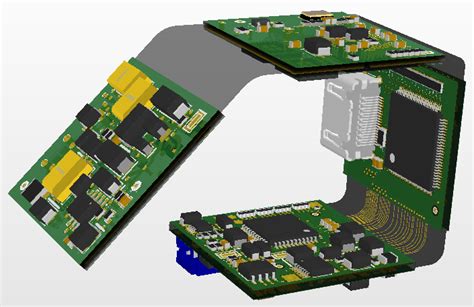
FAQs
How do you choose the right PCB manufacturing partner?
Look for PCB manufacturing companies with certifications like ISO 9001 and IPC-A-610, which reflect adherence to global quality standards. Evaluate their expertise in handling your project’s complexity and their capacity for scaling production.
What factors influence PCB manufacturing cost?
Costs depend on material selection, layer count, board size, and turnaround time. Advanced features like high-density interconnects or specialized finishes also increase expenses. Partnering with a manufacturer offering transparent pricing models helps optimize budgets.
Can small businesses compete in the PCB manufacturing business?
Yes! Many manufacturers cater to startups with low-volume production runs and flexible prototyping services. Focus on niche markets—like IoT or wearables—to leverage specialized PCB manufacturing capabilities without high upfront costs.
How do global leaders ensure precision in PCB manufacturing?
Top-tier companies use automated optical inspection (AOI), laser drilling, and AI-driven quality control systems. These technologies minimize errors, ensuring reliability for critical industries like aerospace and medical devices.
Ready to Partner with a Trusted PCB Manufacturer?
For tailored solutions that balance PCB manufacturing cost and quality, please click here to explore services from industry-leading PCB manufacturing companies.

